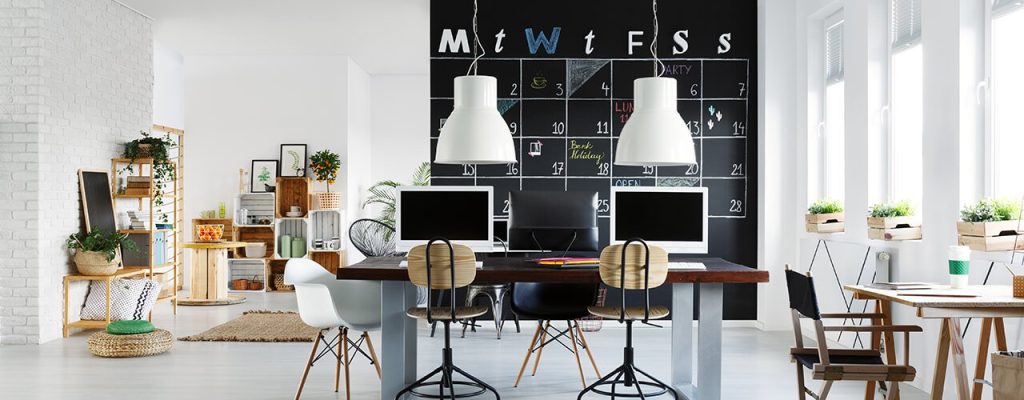Location Analysis Tips for Choosing the Right Workspace
Finding the perfect workspace is a quest every entrepreneur, freelancer, and business faces at one point or another. Your choice of location can dramatically influence your productivity, client interactions, team dynamics, and overall business success. The trick lies in conducting a thorough analysis that considers multiple factors, ensuring that your new workspace is not just a place to work, but a breeding ground for success.
But don’t worry, you won’t need a degree in geography or urban planning to make a wise decision. Just like throwing a dart at a map, you want to aim well but know that sometimes you might need a few tries before you hit the bullseye. Let’s break down this target into manageable, bite-sized tips that will guide your dart to its winning spot.
Tip #1: Center Your Target — Identify Your Needs
Before you set out on your quest for the perfect location, ask yourself: What does my ideal workspace look like? The answer varies greatly depending on the nature of your work. For example, a tech startup might prioritize high-speed internet and a collaborative open space, while an attorney’s office might require private areas for confidential discussions.
Get specific. How much space do you need? What kind of amenities are a must-have? Do you want to be in a buzzing city center, or will a quiet suburb do the trick? Answer these questions, and you’ve got your basic checklist ready.
Tip #2: Know Your Budget — It’s Not Just Rent Costs
Money talks, and often, it speaks the loudest when choosing your workspace. Beyond the rent or purchase price, you should account for hidden costs such as utilities, maintenance, internet, and potential renovations. Create a budget factoring in these expenses to avoid unpleasant surprises.
Moreover, consider the cost of living in the area for you and your employees. A pricy neighborhood might not be the smartest choice if it’s not affordable for your team. A balanced budget will help you narrow down your options to realistic contenders.
Tip #3: Access and Visibility — Get There Easily and Be Seen
Think about how everyone will get to your workspace. Is it easily accessible by public transport? Is there parking available? Being close to transport hubs can be a huge plus for both clients and employees. And don’t forget about visibility — especially if foot traffic is important for your business. A hidden gem might be charming, but not if it’s so well-hidden that no one can find it!
Convenience should also extend to nearby facilities — cafes, restaurants, banks, and post offices. These amenities can not only provide necessary services but also make the area more attractive.
Tip #4: Ponder the Surroundings — The Right Neighborhood Matters
The vibe of the neighborhood can say a lot about your business. A creative agency might thrive in an artsy part of town, while a law firm might be more at home among the polished buildings of a financial district. Consider how the local culture aligns with your brand’s image.
Safety is also a prime consideration. A safe neighborhood means peace of mind for you, your employees, and your clients. Research local crime statistics and talk to other business owners in the area to gauge the safety of a potential location.
Tip #5: Size Up Your Competition — And Your Partners
Knowing who your neighbors are can be just as important as the space itself. Setting up shop amidst fierce competitors might not be the wisest move. On the flip side, locating near complementary businesses can provide networking opportunities and a shared client base. Look around and think strategically.
Tip #6: Future-Proof Your Space — Think Long-Term
When choosing a workspace, think beyond the here and now. Consider the potential for growth — will this space still work for you if your team doubles in size? Also, examine the area’s development plans. A construction project that brings in new infrastructure can be a boon, but one that turns your street into a two-year-long construction site? Not so much.
Tip #7: Evaluate Infrastructure — The Backbone of Your Business
High-quality infrastructure is essential for modern businesses. This doesn’t just mean good roads and transportation but also tech infrastructure like high-speed internet and good cell phone reception. Make sure the location can support all the logistical and technological needs of your business before settling in.
Tip #8: Legal Ease — Zoning and Regulations
There’s no point in falling in love with a space only to discover that zoning laws prevent you from using it as you intended. Check the local business regulations and ensure that your intended use for the space is allowed. This avoids future legal hassles and ensures your business operates above board.
Tip #9: Test the Waters — Visit at Different Times
Here’s a pro tip: visit your potential workspace at different times of the day and week. The area might be quiet and serene during a Monday morning but turn into chaos during rush hour or weekends. Observe the natural ebb and flow of the neighborhood to make sure it matches your work style and expectations.
Tip #10: Trust Your Gut — The X Factor

After you’ve crunched all the numbers and scrutinized the facts, don’t forget the human element — how does the space feel? Your intuition can be a powerful decision-making tool. If a place checks all the boxes but still doesn’t feel right, it could be worth considering other options.
When it comes to finding the right workspace, there’s a lot to think about. But with a careful location analysis, you can pinpoint a space that not only meets your needs but also positions your business for success. Remember, where you choose to plant your business’s roots can make all the difference. Happy hunting, and may you find the workspace that’s not just a place on the map but a launching pad for your ambitions.


